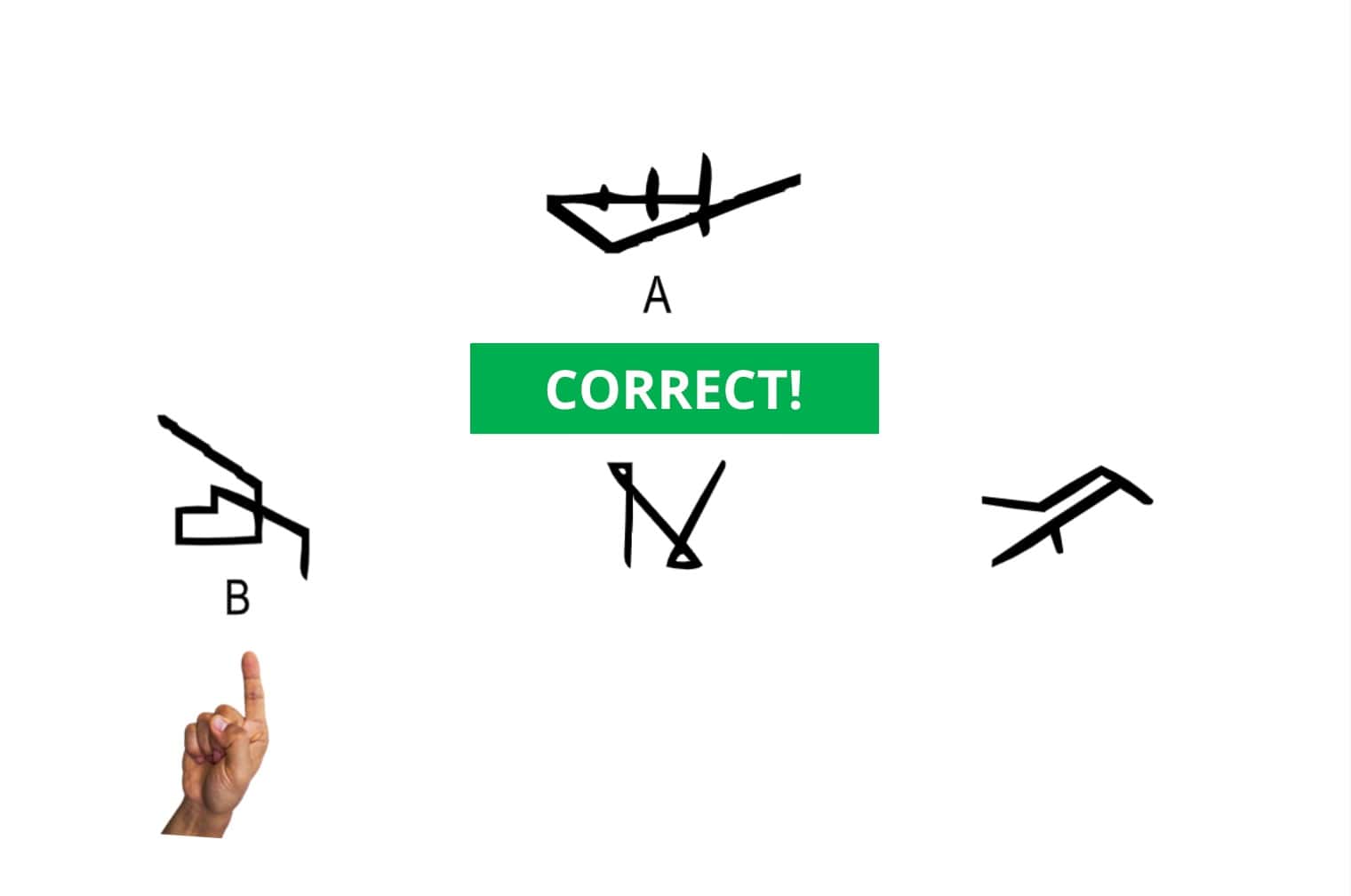4.7 Stimulus Equivalence Example Part 1
Let’s look at a phenomenon known as stimulus equivalence. Stimulus equivalence involves deriving relations of sameness or equivalence and is often studied in the laboratory with arbitrary symbols like these1. First, a person learns to match one arbitrary visual stimulus (A) to another (B). The stimuli are not actually labeled A and B in the experiment, silly. Whenever stimulus A is presented at the top, picking stimulus B is reinforced.
- Barnes-Holmes, D., Barnes-Holmes, Y., and Smeets, P. M. (2004). Relational frame theory and stimulus equivalence: Conceptual and procedural issues. International Journal of Psychology and Psychological Therapy, 4(2), 181-214.
This section is for the civil and public discussion of the content of this page. It is not for personal notes. We reserve the right to moderate and remove comments that are irrelevant, disrespectful, hateful, harassing, threatening, or spamlike. If you are experiencing a technical issue, please contact our helpdesk for assistance.
